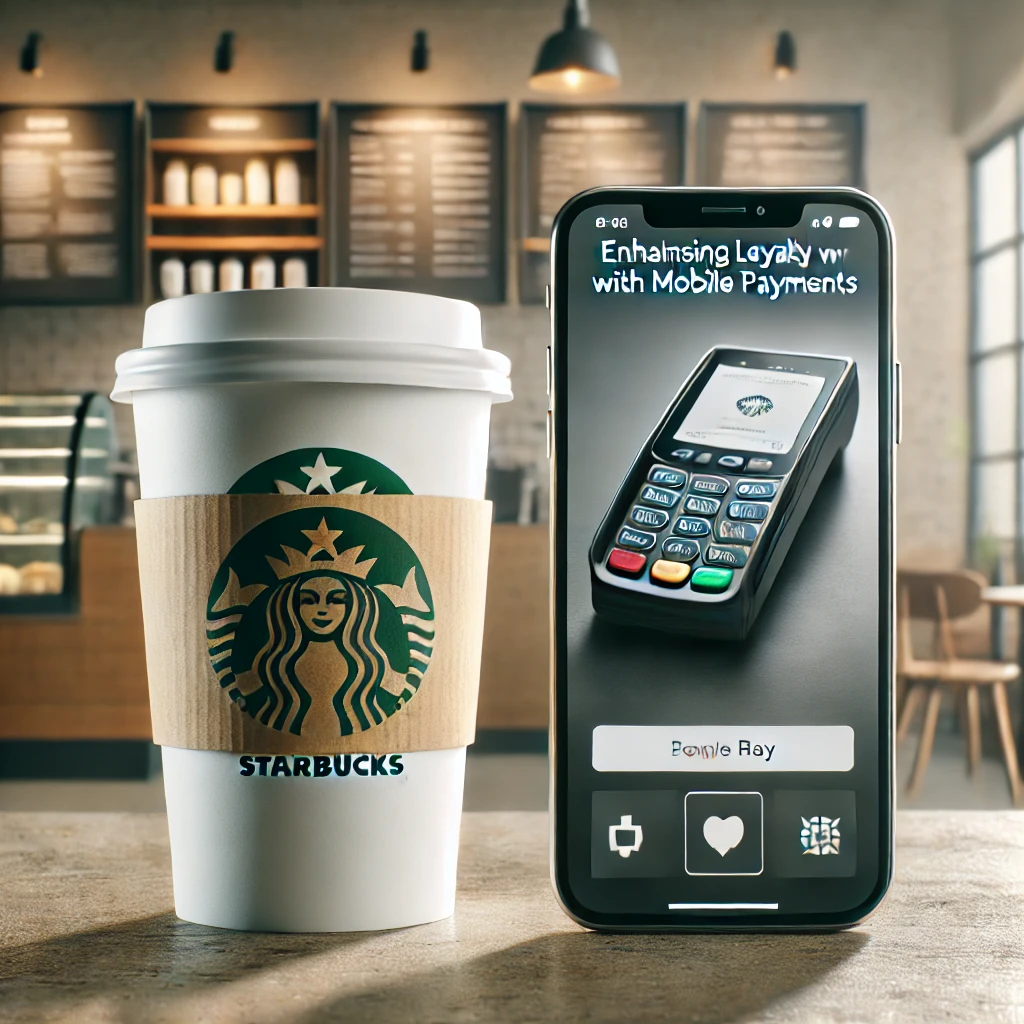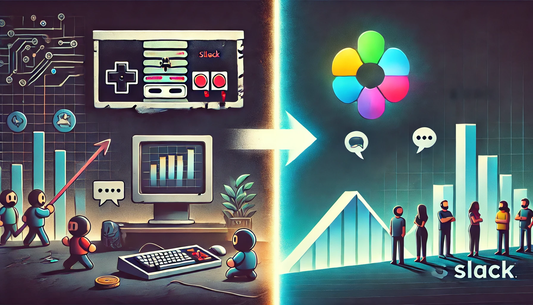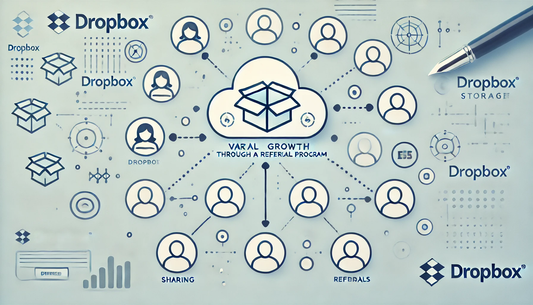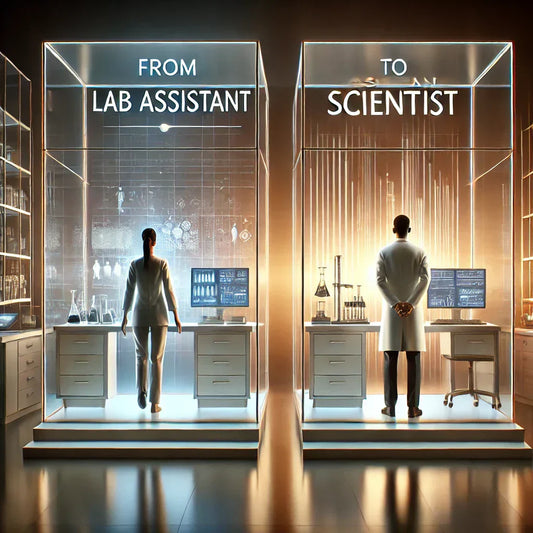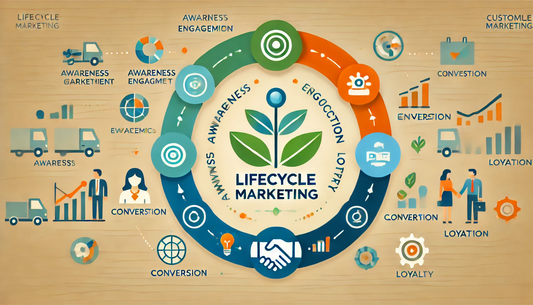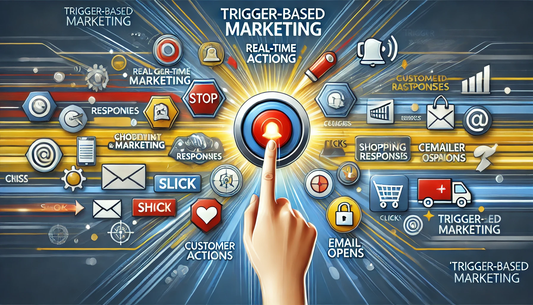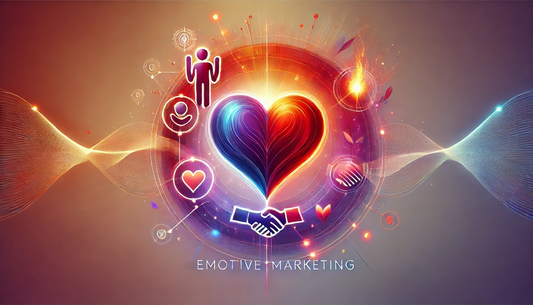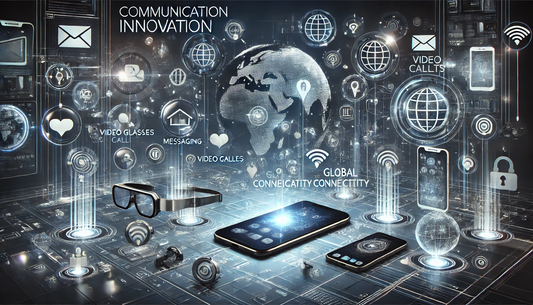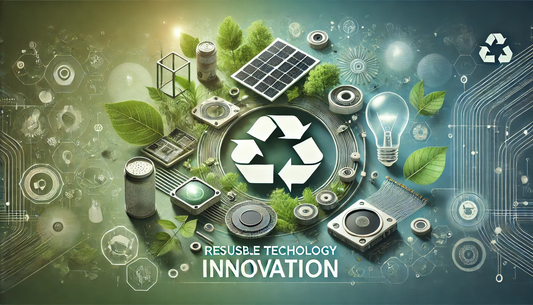Starbucks, the global coffee giant, has long been a trendsetter in the food and beverage industry. One of its most remarkable feats is leveraging mobile payments to boost customer loyalty. 💳💖
For startup founders looking to replicate this strategy, there are plenty of actionable insights to glean. Let’s dive into how Starbucks did it and what you can do to create a similar impact. 🚀
Understanding the Starbucks Mobile Payment Strategy
Starbucks introduced its mobile payment system back in 2011, well before most businesses thought to integrate such technology. 🕰️
The company created an app that allowed customers to order and pay in advance, which significantly reduced wait times and enhanced the overall customer experience. ⏱️
By 2022, mobile orders and payments accounted for nearly 50% of Starbucks' total U.S. sales. 📊 This remarkable adoption didn’t happen by chance; it was the result of a well-thought-out strategy focused on convenience, personalization, and customer engagement. 🌟
Key Takeaway #1: Prioritize Convenience
Starbucks understood early on that convenience is a major factor in customer satisfaction. 😌 Offering a mobile payment option eliminated a common pain point: waiting in line! ⏳
For startups, the lesson here is simple: identify the friction points in your customer journey and address them. Can you streamline checkout processes? Or offer pre-order and delivery options? 🚗💨
Think about ways to make the customer experience as seamless and enjoyable as possible. ✨
Key Takeaway #2: Integrate Payment with Rewards
One of the most brilliant aspects of Starbucks’ mobile strategy is the integration of their loyalty program. 🏆 The Starbucks Rewards program allows customers to earn points (or "stars") for every purchase made via the app. 🌟
These points can be redeemed for free drinks and food, creating an incentive to keep coming back. This dual function of the app—as both a payment and rewards platform—encourages repeat usage. 🔁
For startups, consider integrating your payment system with a loyalty program. Offer rewards for app-based purchases, and watch as customer engagement increases. 💥
Even simple perks like discounts or early access to new products can make a big difference! 🎉
Key Takeaway #3: Personalization is Power
Starbucks uses data from its mobile app to offer personalized recommendations and promotions. 🎯 When customers open the app, they see tailored suggestions based on their past purchases and preferences. 🍹
This level of personalization makes the customer feel valued and understood. 💖
As a startup, use the data at your disposal to create a personalized experience. Whether through targeted emails, push notifications, or customized in-app experiences, show your customers that you understand their needs and preferences. 📧
Personalization can significantly increase customer loyalty and lifetime value. ⏳
Building a Mobile-First Strategy
Starbucks’ success with mobile payments didn’t happen overnight. It required a mobile-first approach across its operations. 💼
For startups, this means more than just having a mobile-responsive website. It’s about creating a mobile experience that complements your product and service offerings. 📦
Optimize for User Experience (UX)
Starbucks invested heavily in UX design to ensure that their app was not only functional but also enjoyable to use. 💻 The user interface is intuitive, and the process for placing an order is straightforward. This focus on UX helped drive app adoption and customer satisfaction. 😄
If you’re building a mobile app, prioritize UX from the outset. Test extensively with real users, iterate based on feedback, and aim to create a smooth, intuitive experience. 🔄
Remember, your app is often the first point of contact between your brand and your customers—make it count! 🎯
Leverage Push Notifications Wisely
Starbucks uses push notifications to remind customers of promotions, new products, or even to encourage them to place an order. 💬
These notifications are tailored to the user’s behavior, making them more relevant and less intrusive. 👀
For startups, push notifications can be a powerful tool—but use them wisely. Avoid bombarding your users with too many messages. Instead, focus on delivering value. 💌
Whether it’s a discount code, a reminder about an abandoned cart, or a personalized product recommendation, ensure your notifications are timely and relevant. ⏰
The Role of Data in Customer Loyalty
Data is at the heart of Starbucks’ mobile strategy. The company uses data to understand customer behavior, track preferences, and refine its offerings. 📉
This data-driven approach enables Starbucks to continually enhance the customer experience and drive loyalty. 💥
Implement Analytics Early On
For startups, implementing robust analytics from day one is crucial. Use tools like Google Analytics, Mixpanel, or Amplitude to track user behavior. 🧠
Understand which features of your app or website are most popular and identify any bottlenecks in the user journey. 🔄
This data will be invaluable as you grow. It allows you to make informed decisions about product development, marketing strategies, and customer engagement tactics. 💡
The more you know about your customers, the better you can serve them. 🎯
Test, Learn, and Iterate
Starbucks is known for constantly experimenting with its app features, promotions, and user interface. 🎮
They test new ideas in select markets before rolling them out globally. This iterative approach enables them to innovate while minimizing risk. 📉
Adopt a similar mindset in your startup. Use A/B testing to experiment with different features, promotions, or messaging. 🧪
Gather feedback, analyze results, and iterate. This approach helps you stay agile and responsive to customer needs. 📊
Creating a Community Through Mobile
Starbucks has successfully created a sense of community among its app users. The app features allow customers to share their experiences, rate products, and even send gift cards to friends. 👫
This community-building effort fosters a deeper connection between the brand and its customers. 🛍️
Encourage Social Sharing
For startups, incorporating social sharing features can be a great way to build a community around your brand. 📲
Encourage users to share their purchases, reviews, or experiences on social media. Create incentives like referral programs or social media contests to boost engagement. 🏆
Listen to Your Community
Starbucks actively listens to customer feedback and uses it to improve the app and the overall experience. 🗣️
For example, they introduced new features like mobile tipping and order customization based on user suggestions. 💬
As a startup, make it easy for your customers to provide feedback, whether through the app, social media, or email. 📧
Act on this feedback to show your customers that their opinions matter. This builds trust and loyalty over time. 💖
Final Thoughts: Turning Transactions into Relationships
Starbucks’ mobile payment strategy is more than just a way to boost sales. It’s a tool for building lasting customer relationships. 💕
By focusing on convenience, personalization, and community, Starbucks has created an ecosystem that keeps customers coming back. 🔄
For startup founders, the key takeaway is clear: leverage technology to enhance the customer experience, not just streamline transactions. 🚀
Whether you’re building a mobile app, launching a new product, or refining your marketing strategy, always keep the customer at the center of your decisions. 🧠
With the right approach, you can turn every transaction into a stepping stone for deeper engagement and loyalty. 💥

